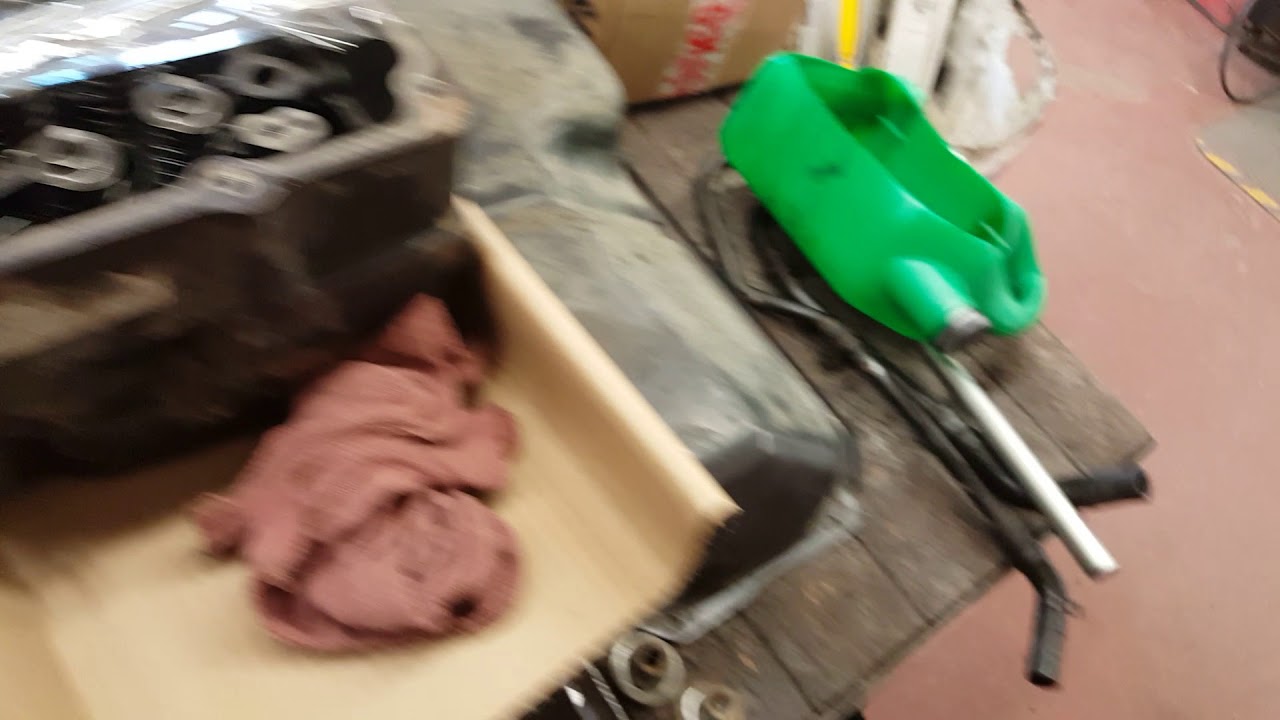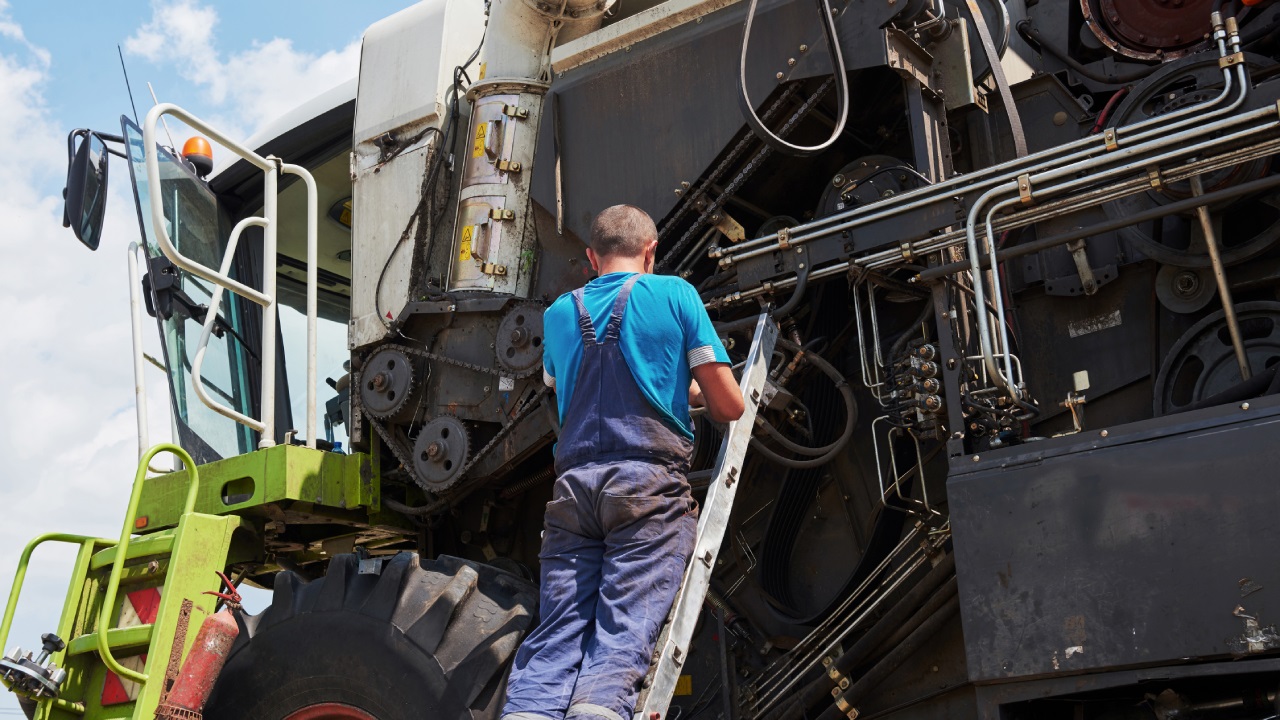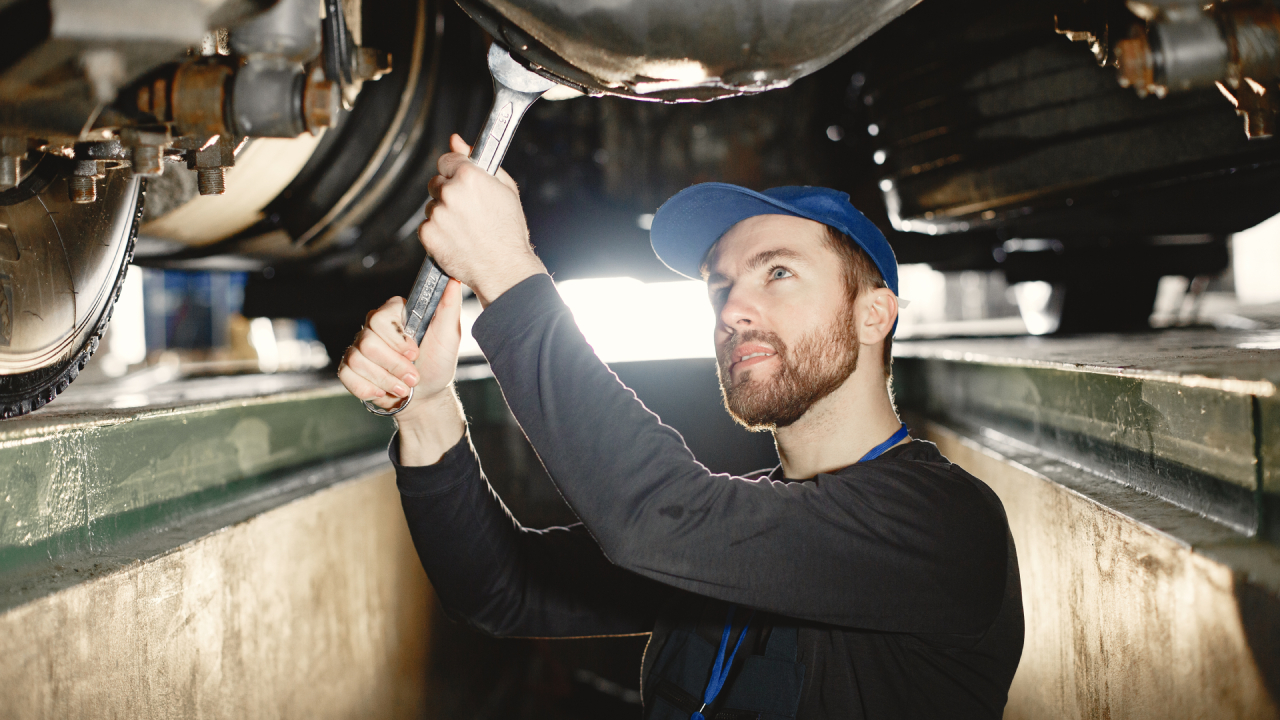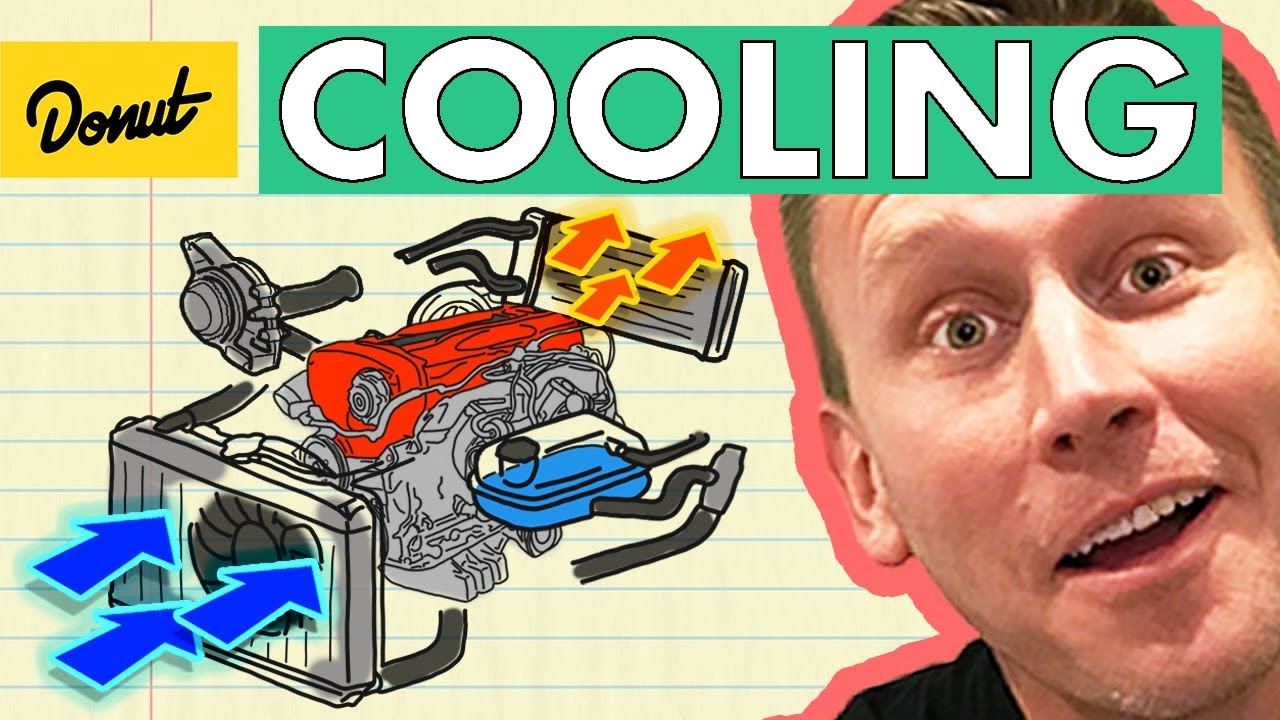This is an important step with any rebuild. Cleaning and inspection must be carried out with care so nothing gets missed. The cylinder head was sent out to a local machine shop for testing and inspection. They needed the injectors to block the fuel galleries to allow for a pressure test. Everything including injector sleeves, fuel galleries, intake and exhaust valves and coolant passages were tested for leakage. The head is also magnafluxed for any indications of a crack in the head.
Magnafluxing uses a magnetic current flowing through the head to attract a fine iron powder (applied over the head area) to the crack which is detected using an ultraviolet black light.
Generally speaking I’ve rarely seen a diesel engine develop a crack in the head area because of the heavy design required to withstand extreme heat and pressure through combustion. It’s heat of compression that causes ignition at the time of fuel injection so you can imagine how much force is applied to a diesel engine. Not saying there’s never been an issue with cracks but I’ve never heard or seen any occur. Automotive engines have more issues due to the use of aluminum heads.
I was worried about getting the piston out of the # 6 hole because of the worn out liner ridge wear caused by the lack of lubrication built up at the top…. but as it turned out the liner came out with the piston easily. Since doing the job right is something I always preach in our shop I ordered tooling to work on these engines which added up to a couple of grand. One of the tools was a liner puller that sits on the top of the block and extends down to the bottom edge of the liner and you just pull out the liner by tightening the nut on the puller. Had I known how easily the liner came out I might have cancelled ordering that particular tool.
But it’s much too late to cancel the order the tools are on their way from the U.S. with a 120.00 freight bill in tow. The money we are saving just in labor will more than cover that expense. The tools we absolutely do need is the liner hold down tool that allows an accurate measurement of the protrusion above the block. This spec is very important to create a proper seal with head gasket and ascertain the liner has enough force down on top of it once the head bolts are torqued down.
All of the valve train parts have been inspected along with the crankshaft journals and camshaft lobes. We rolled over the engine to carefully inspect these areas and will use plastigauge to measure bearing clearance during reassembly. Plastigauge is a strip of pliable rubber that goes in between the bearing and the crank journal. The rod cap is torqued down then removed to measure the width of the plastigauge on the bearing which indicates the clearance.
This technique works very well to determine the wear on the crank journal. I would be very surprised if there were any problems since our DT Maxxforce diesel only has 176,000 km (105,600 miles) on it. Everything looks good and once the rebuild kit arrives we’re back in business. I’ll be adding another post here with the next step in our in-frame project.







